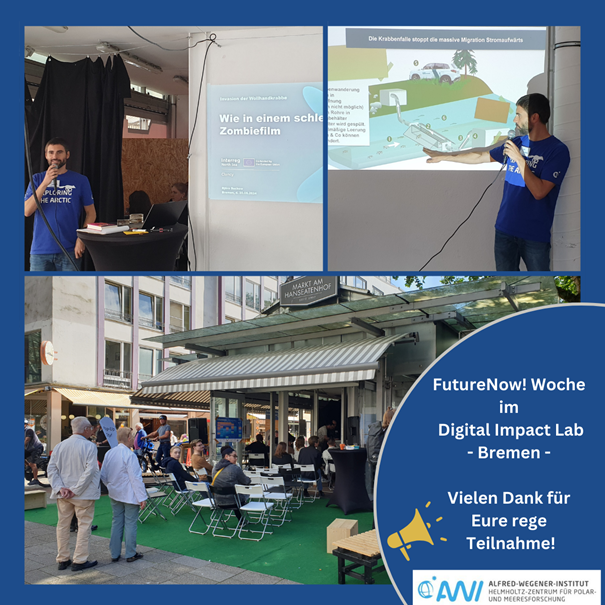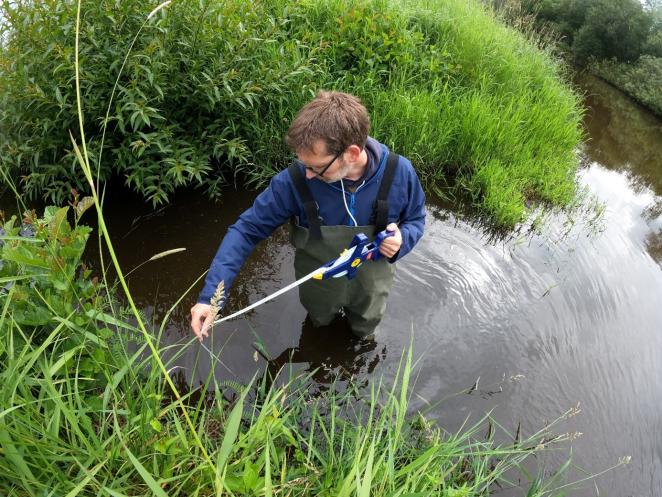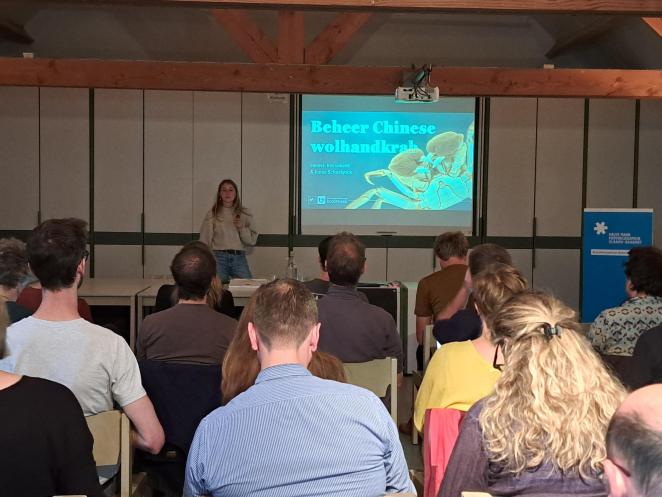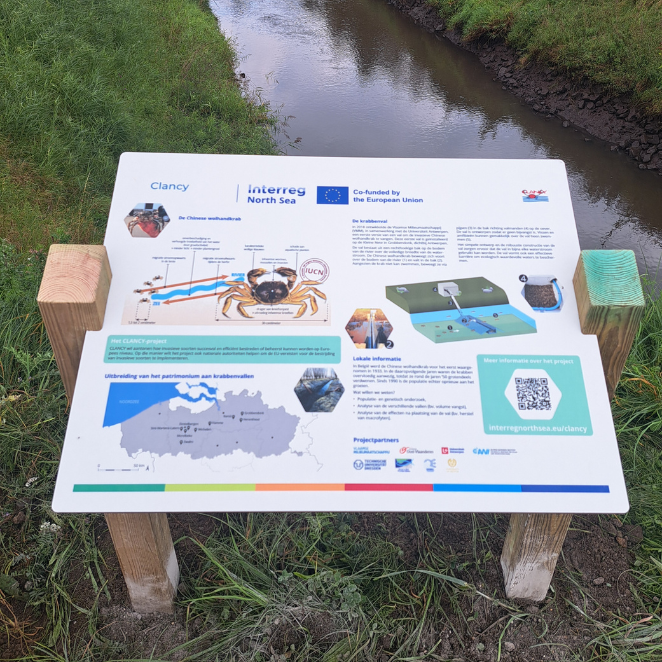The CLANCY project has been anything but idle ... Throughout the summer months, we have been bustling with various activities, making signifcant strides in many areas. Here's an overview of the key actions and events.

Project partner updates
Presentation in Bremen
Björn Suckow from the Alfred Wegener Institute (AWI) showcased the CLANCY project in a public event space in the city centre of Bremen, raising awareness on the topic of Chinese mitten crab migration, just a few hundred meters from the event location itself. He explained the problems caused by the Chinese mitten crabs to the ecosystem and presented how CLANCY plans to test a by-catch free trap system in multiple countries in Europe to lay the ground for a Europe-wide management system for the invasive species. About 20 to 25 people joined and were able to ask questions.

Exploration of the River Wümme
AWI conducted a site visit to the river Wümme, scouting for potential locations to install a trap. This is part of their ongoing efforts to monitor and manage invasive species.
Future plans
AWI is planning to take a boat trip to search for burrows of the Chinese mitten crabs along the riverbanks. The exact timing of this activity is yet to be determined.

Invasive Species Event in Flanders
On June 18th, representatives from VMM and the Province of East Flanders participated in an event focused on invasive species. They represented the CLANCY project, highlighting its objectives and progress.
(Upcoming) trap installations
The Province of East Flanders is set to install the fourth trap soon, further expanding the project's reach and effectiveness.
Monitoring in Sweden
In Sweden, the Chinese mitten crab is not as common as in other European countries. To monitor the species, mobile traps are placed in Lake Vänern, through co-operation with local fichermen, and in the Göta Älv river at two locations near the lake. At the end of August, one adult male was caught in Lake Vännern.

Information panels at trap locations
If you pass one of the traps developed within the project, you will be able to read all about the trap and CLANCY thanks to the information panel placed nearby, providing clear and engaging information.

A 1:5 scaled crab trap in a flume experiment (h = 9 cm; v_middle = 0.18 m/s; Q = 13 l/s).
Source: Franziska Witschel
Ongoing research and trials
- The University of Antwerp has concluded a trial with macrophytes, contributing valuable data to the project's research efforts.
- The University of Dresden started laboratory tests to investigate the flow characteristics in the near-field region of a scaled crab trap.
Furthermore, on all project locations genetic material is collected to map the origin of the caught individuals.
Stay tuned for more updates as the CLANCY project continues to advance in its mission of managing and mitigating the impact of the invasive species in the North Sea region.
